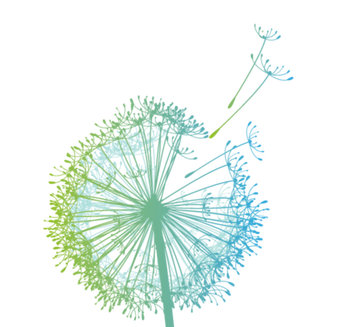STCP Tramcar Museum - here's a sneak peek
The calls to fight climate change are now growing louder around the world and electric mobility has indisputably come into vogue but the silent and charming zero-emission tramcars are actually running on tracks here in Porto for more than a century now...!
Let's head down memory tracks and unveil some of the past, see how people used to move around the urban area of Porto - when run-commuting wasn't yet as popular - is it popular now??! Jump in and grab on for a glimpse of the STCP tramcar museum & depot, once the not-so-green coal power plant that powered the entire tramways' network... (!)
Remnants of Porto's rich transit history can be found under the feet of joggers and walkers who make their way to the oceanfront but also in the city's historic centre: the old tramcar tracks are kind of omnipresent, some active, some decommissioned.
Electric tramcar's ancestors
Mule- or horse-drawn trams in Porto were definitely romantic - there's many references to them in the romantic novels of the mid-1850's - but absolutely unreliable. Schedules were non-existent and impossible to define. A ride from Foz to Ribeira would have a totally random duration. There were long downtimes because horses would need to be fed and needed to rest from time to time. Also, some were temperamental, despite being trained...
...and there would always be a distinct smell in the city due to their feces!!
Photos - source: Porto Desaparecido
Portuenses called these first mule-drawn tramcars the "Americanos" for the sole reason that some were imported from New York city (US), where this type of vehicle had been in use since 1832.
Towards the end of the 1800’s, Porto’s public transportation was scarce, inefficient and uncomfortable. The town closed itself in the medieval walls and was turned to the Douro river and the comercial activities happening along its north bank.
Within this context, the local authorities decide to start the construction of a new road meant to connect the city doors and Foz, the fisherman village. A whole cilff - Arrabida - had to be demolished with explosives! Presently Foz is an integrating district of Porto. Vehicles such as the Omnibus, the Char-a-bancs, also the mule-drawn tramcars and later (1878) steam traction cars were used to transport passengers - and cargo- from the inner city to and from the ocean front, via this meandering new road. FROM ANIMAL (and steam) TO ELECTRIC TRACTION
1895 was a year when the people of Porto witnessed enormous changes - Portugal was finally catching up the rest of the industrialized Europe, modernity was becoming visible: the harbor of Leixões was about to start its operations, the outer ring around the city called Circunvalação had just been completed.
1895 was also the year when the first tram line (number 1 - Infante -Foz) was converted to electric traction!
Runners from Chicago during a Heart of Porto running tour stoping for a photo with one of Porto's tramcars (trolleycars)
You can hire this electric tramcar for your company's next corporate event!
(and combine it with a corporate running tour)
Trams (aka trolley cars in North America) still run on tracks along Porto's streets and are now one of the most instagramable attractions for both occasional and professional photographers.
Photo credits: Joaquim Oliveira
For many decades, the electric tramcar was the favorite transport mean for people in Porto (those who could afford it!).
The network extended from Vila Nova de Gaia, across the Douro river - to the south- to Leça da Palmeira, across the Leça river - to the north. The electricity powered tramcars were very visible throughout the whole city and shared the streets with horse-drawn cars and some -the very few and recent- petrol engines cars.
Photos - source: Porto Desaparecido
The end of an era
Late 1960's: various reasons were given for replacing the trams with diesel buses and electric trolleybuses.
The local political power in the city decided that buses would serve the city better than trams, being more flexible and able to cover the rapidly expanding urban area, without any the building and maintaining costs of a heavy infrastructure. The increased popularity of the motor car in Portugal also created an environment in which trams were seen generally as archaic. During the 1970's, part of the electric trams' infrastructure was dismantled and a large number of trams were sold to museums worldwide.
Photos - source: Porto Desaparecido
The two old photos above show tramcar nr. 249, boxed up and ready to be shipped to US, in 1972 (left-side photo). It had been purchased from an North-american manufacturer in 1904, "J. G. Brill", and it operated in Porto's streets till the early 1970's.
In October 1972, this was the last car bought by Rockhill Trolley Museum - Philadelphia, US - where it is presently stored. ( right-side photo - the same exact car being unloaded in Pensilvania)
This electric tramcar operated in Porto until it was acquired by "San Francisco's Municipal Railway" in the late 1970's. Nowadays you can find it rolling in Dallas. Photo taken in Dallas innDallas, US, in 2018. Source: Porto Desaparecido
From left to right: 1950 Muni trolley coach No. 776, 1903 Portland Council Crest streetcar No. 503,
and 1929 Porto's streetcar No. 189 during the first Trolley Festival, San Francisco US in 1983. Photo credits: Market Street Railway. Source: Streetcar.org
A short stop during a conference run in front of STCP tramcar museum, once the coal-fueled power plant that provided all the electric power to the tram network in Porto.
We suggest:
Presently a popular touristic attraction, the electric tramcars were once the most popular mean of transport amongst the Portuenses! This museum is one of our suggestions for those fast-approaching colder (and occasionally rainy) winter days ...!
If you fancy history and old transports, STCP museum is a great option to explore with family or friends!
Website: www.museudocarroelectrico.pt
OPENING TIMES AND TICKETS Mondays From 2 pm to 6 pm Tuesdays to Sundays From 10am to 6pm Entrance fee: Adults pay 8.00Eur but if you have a valid 24h Tramcar ticket or Porto Card it's only half the price: 4,00€ Children under 6: free entrance Young people under 25 or over 65: half-price DID YOU LIKE THIS POST? PLEASE SHARE THIS WITH YOUR RUNNING FRIENDS!
Now for a BONUS: Here's a practical idea for those who are not into running and privilege individual transportation (on tracks) over public !! ;)
Comments are closed.
|
Autor/Author
Sérgio é o fundador da Porto Running Tours, corre regularmente desde 1999 e desde 2015 que guia visitas em corrida na Invicta enquanto revela algumas das suas mais fascinantes histórias. Categories
All
Archives
March 2024
PORTO RUNNING TOURSWe're passionate about running and passionate about Porto! REVIEWSWE'RE LISTED ONYour gateway to fun and unique running tours worldwide.
We practice sustainable tourism!
|
EMAIL: info(at)portorunningtours.com
MOBILE/WHATSAPP👆(tap to message)
+351 91 460 10 10
(English/Português)
9.00AM-5.00PM Local Time - Portugal - GMT+00
Porto Running Tours is a
locally owned micro-business,
providing authentic running experiences
in Porto since 2015
locally owned micro-business,
providing authentic running experiences
in Porto since 2015
customer love on-LINE >
Take their word for it:
We practice sustainable tourism. Book directly with us!
member of the worldwide community:
RUNNINGTOURS.NET
RUNNINGTOURS.NET
JOIN OUR COLLEAGUES
AROUND THE WORLD
FOR A RUNNING TOUR!
AROUND THE WORLD
FOR A RUNNING TOUR!
RNAAT nº1410/2017 TURISMO DE PORTUGAL
This website is mobile friendly,IOS and ANDROID! © COPYRIGHT PORTO RUNNING TOURS 2023.
TODOS OS DIREITOS RESERVADOS /ALL RIGHTS RESERVED.
TODOS OS DIREITOS RESERVADOS /ALL RIGHTS RESERVED.
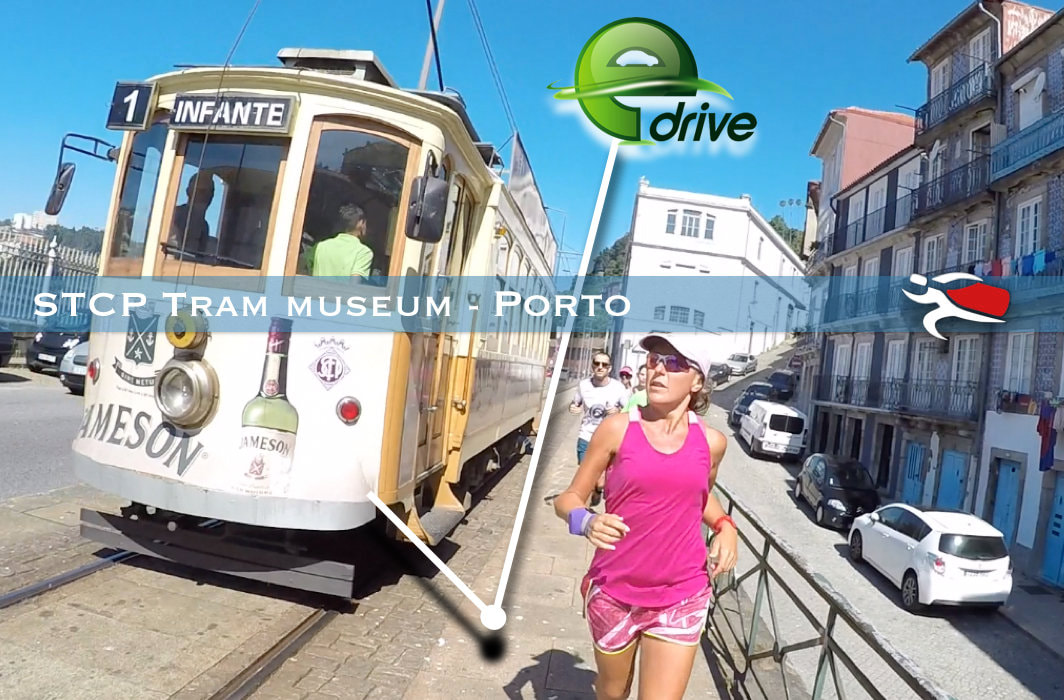
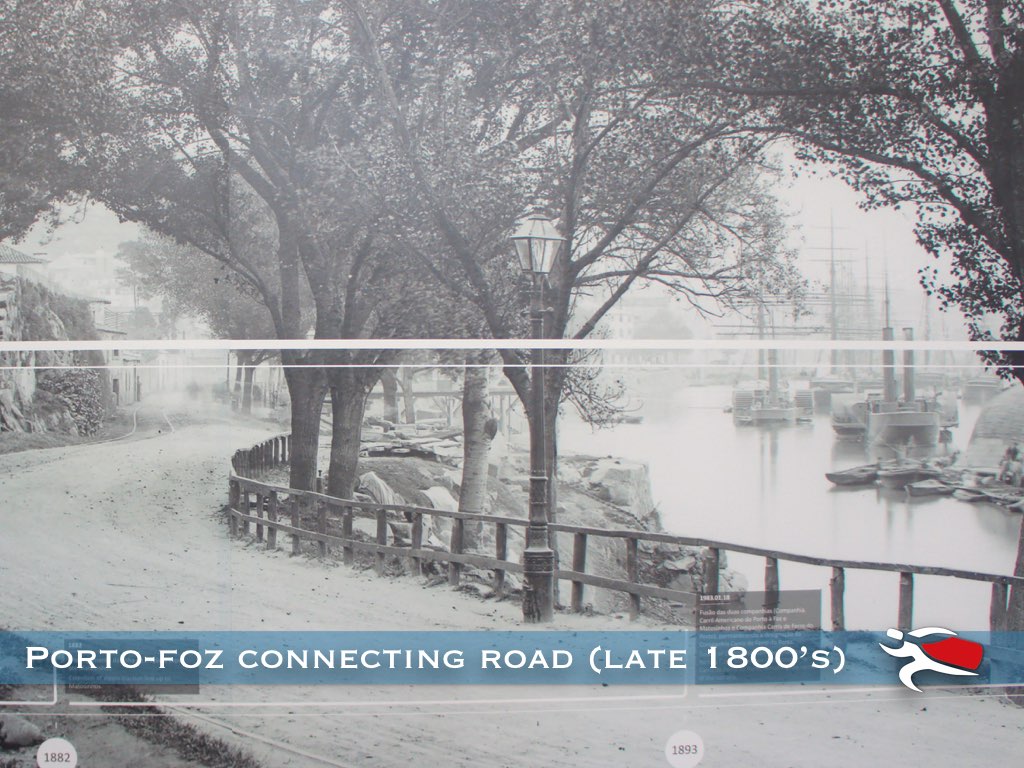
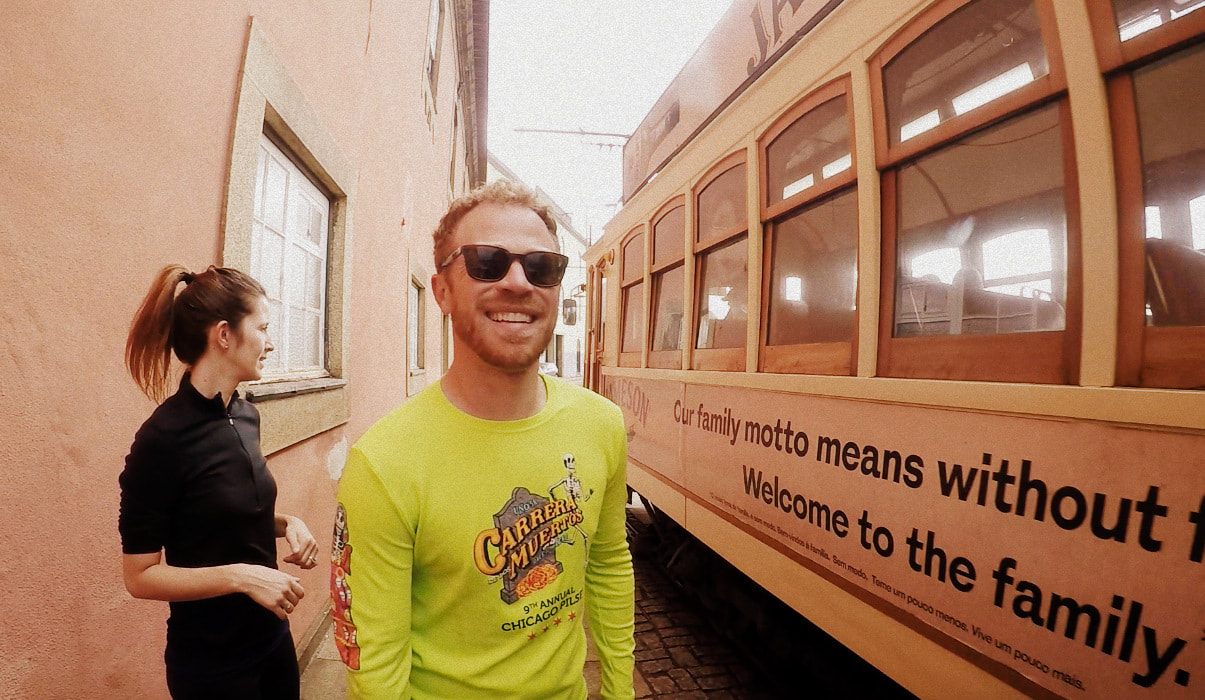
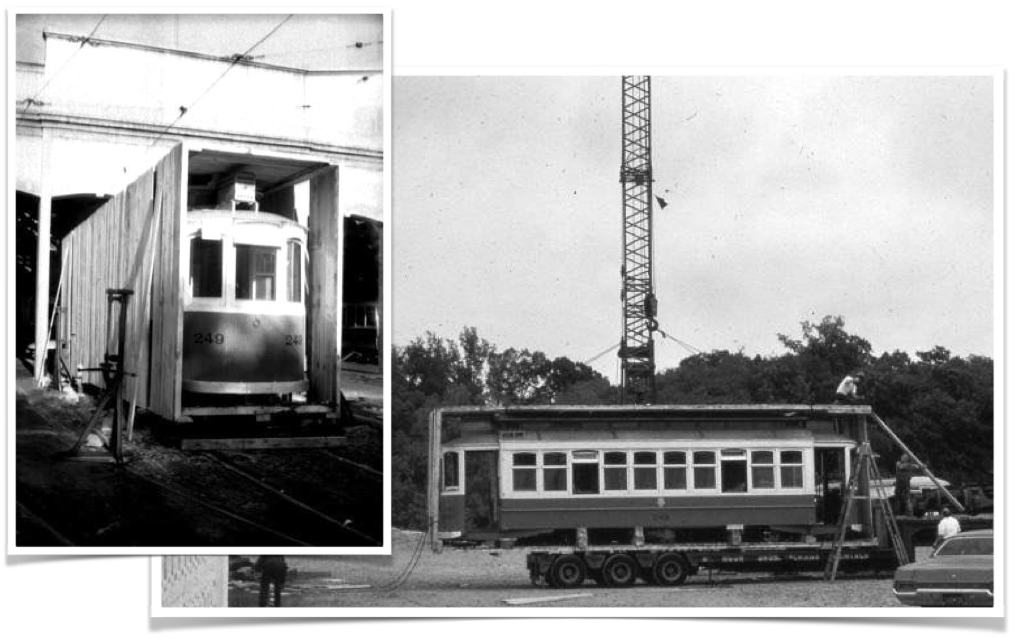

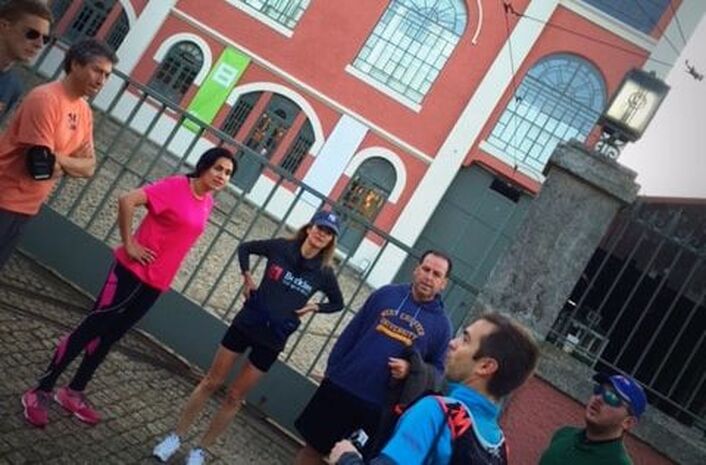
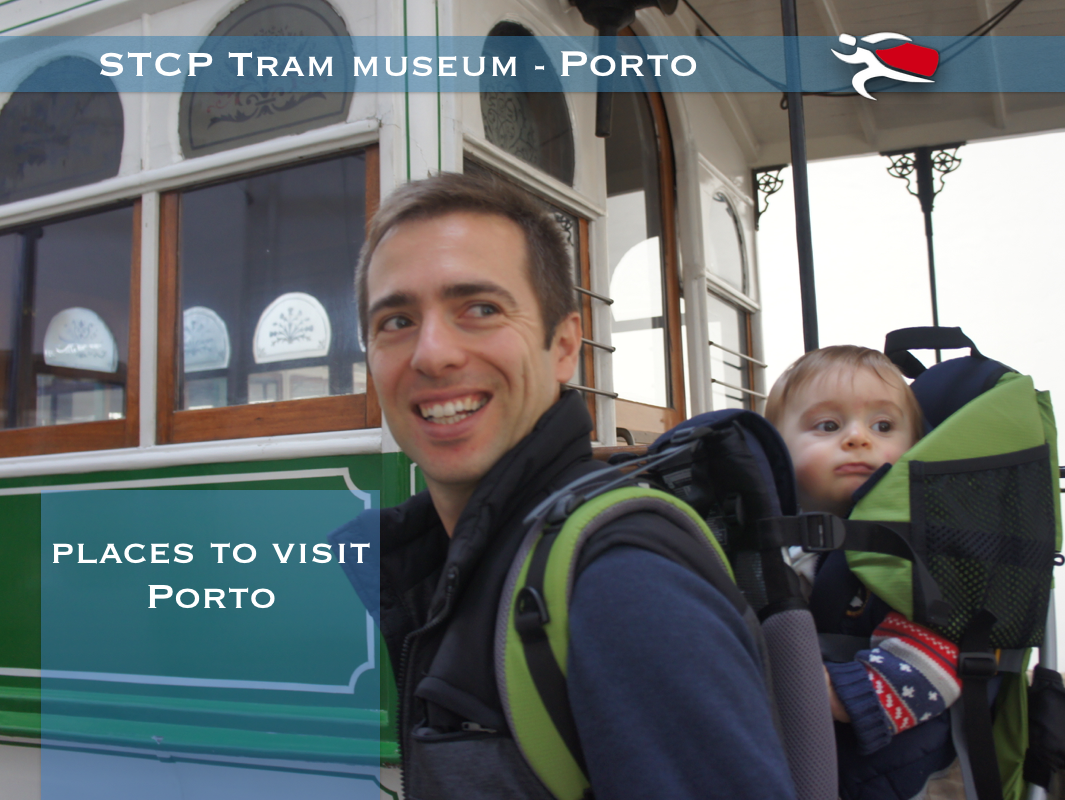






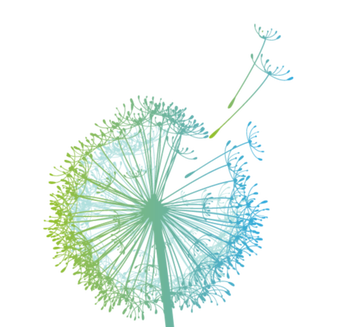


 RSS Feed
RSS Feed

